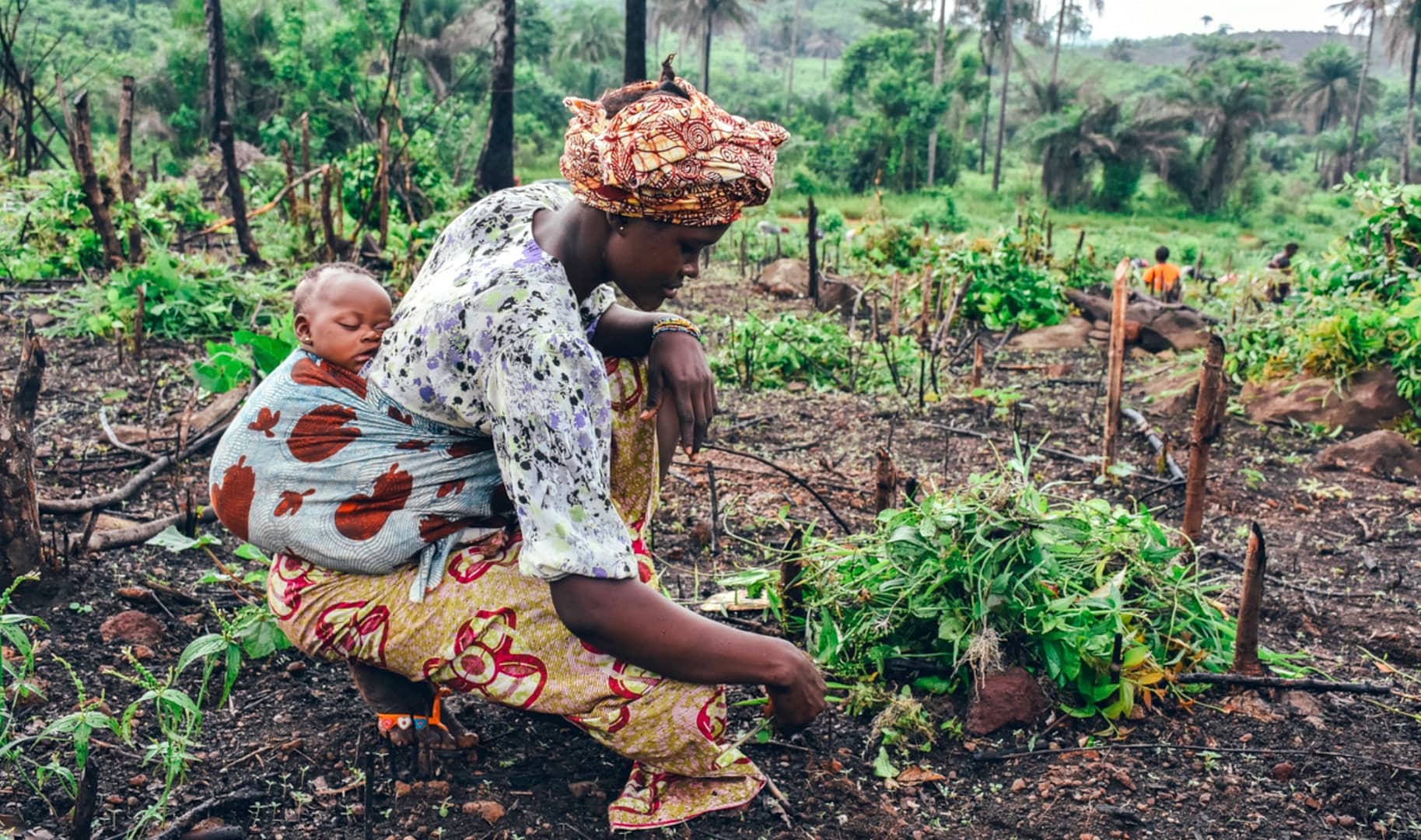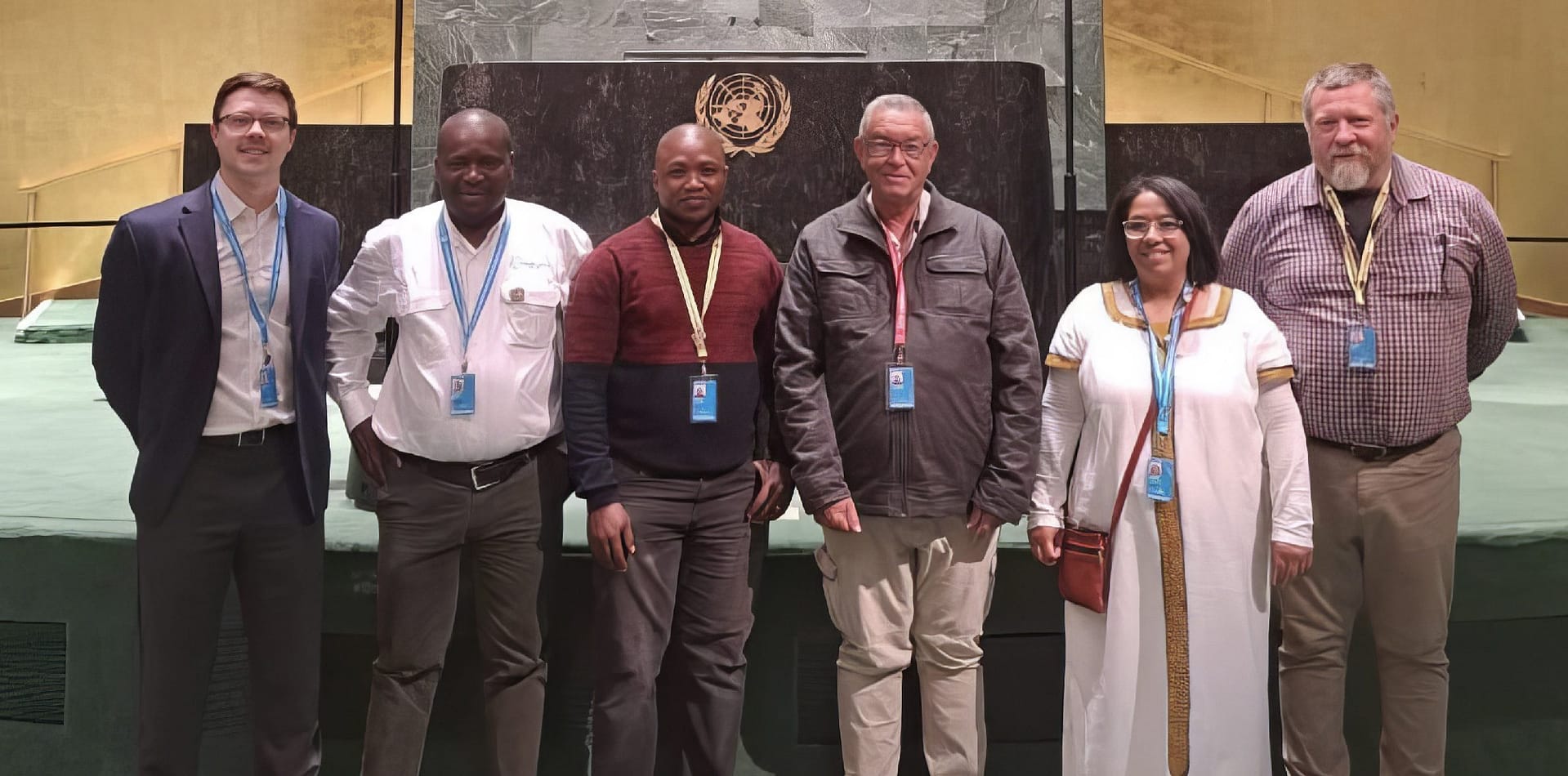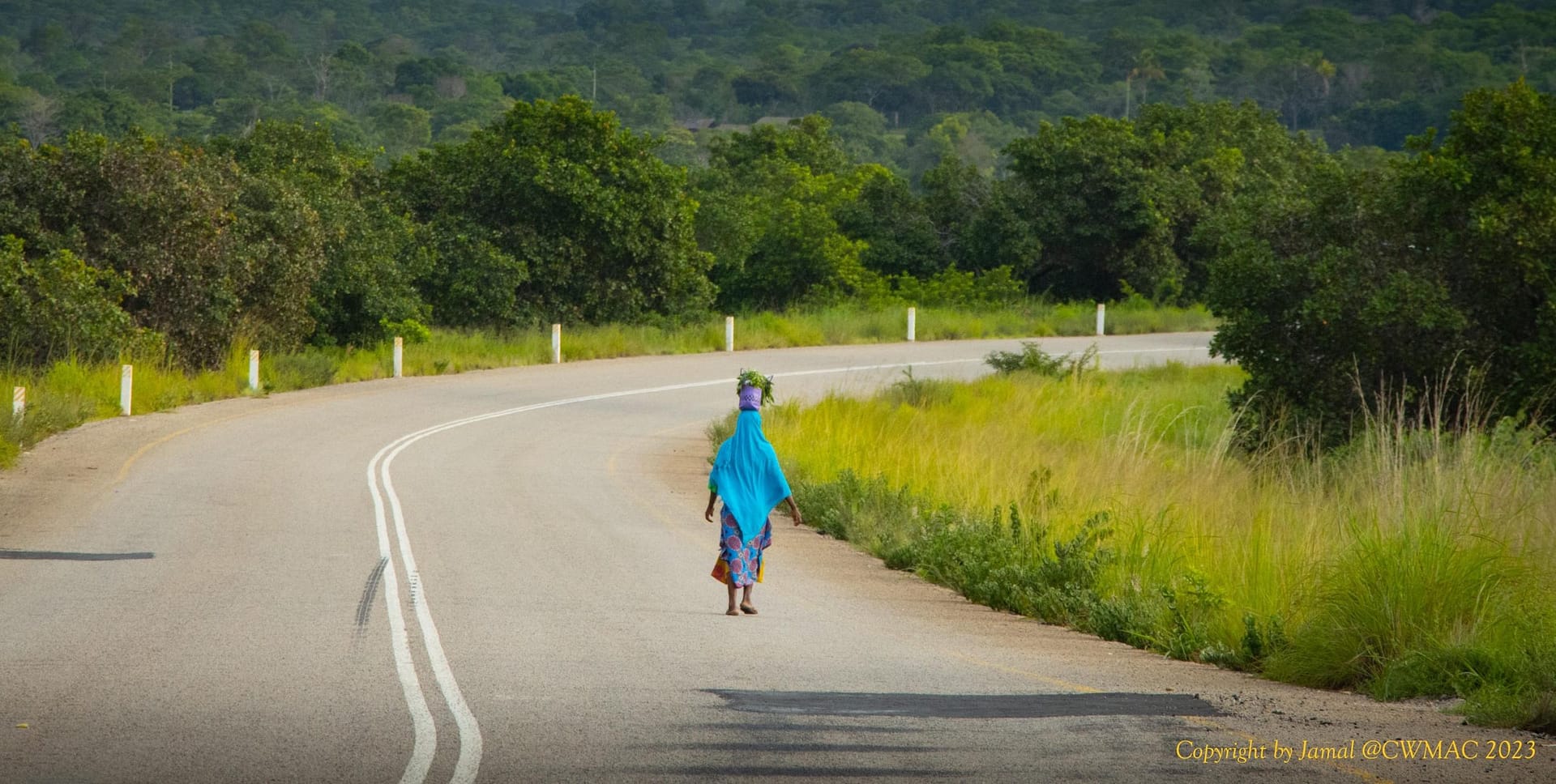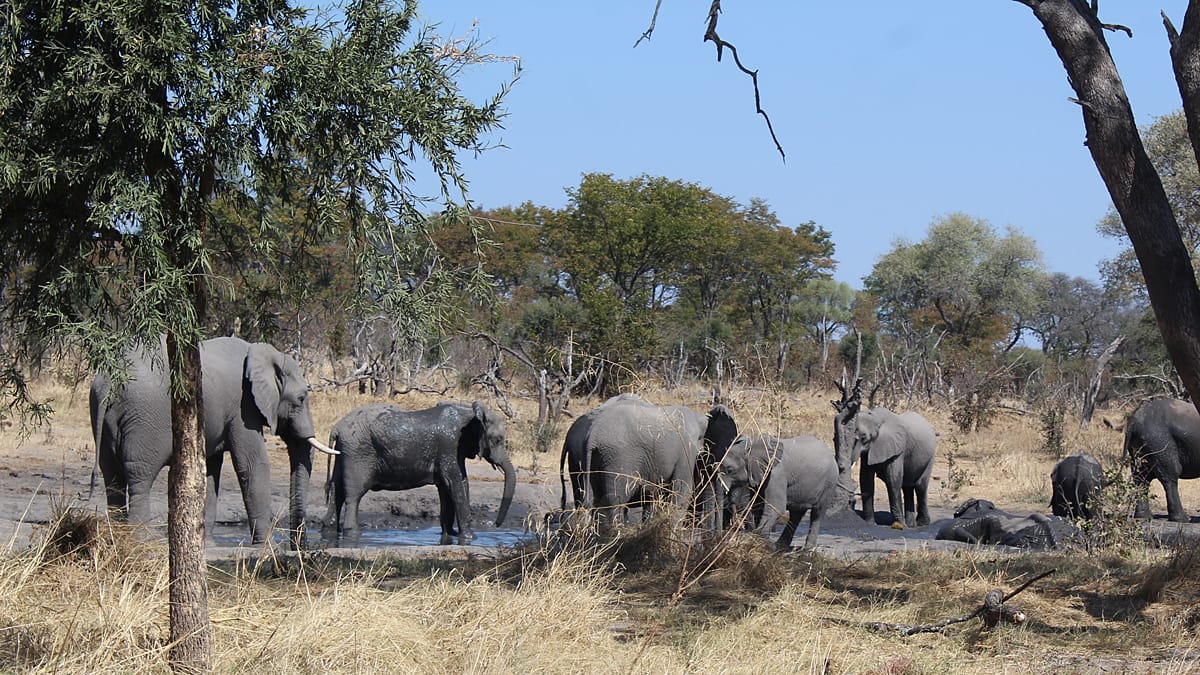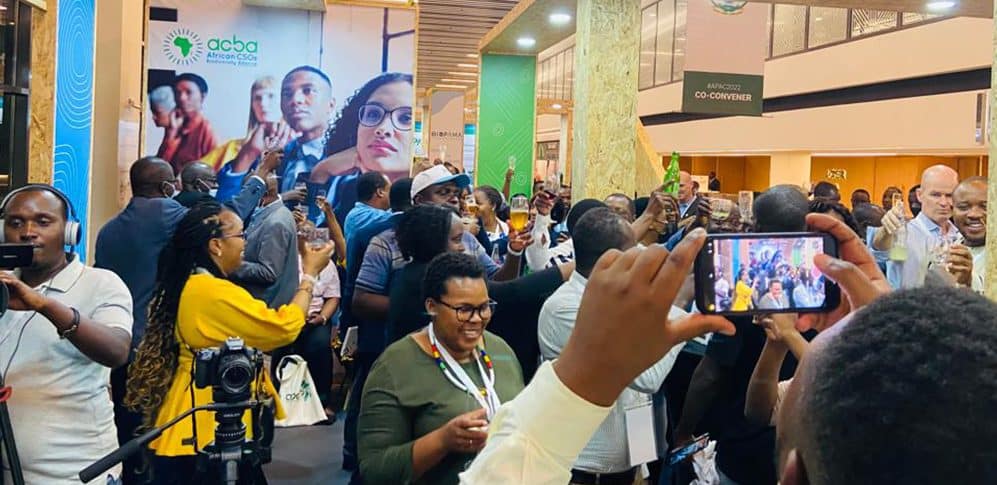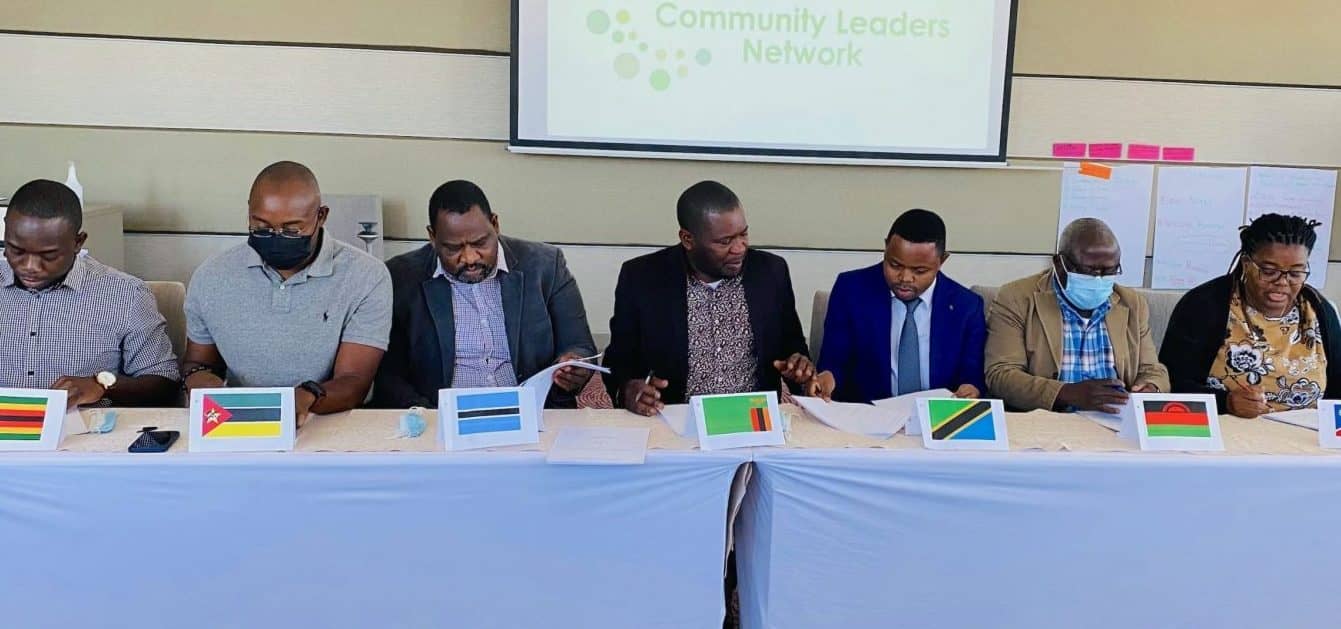The new Community Leaders Network (CLN) strategic plan describes the pathway to impact that CLN will take over the next six years, in alignment with our vision and mission. This document also lays out a plan for achieving these goals through programme management and strategic fundraising.
Community conservation efforts in Southern Africa started in the 1980s and have since taken slightly different paths towards including rural communities in the wildlife economy and nature conservation. Over the years there have been some exchange visits and other events to increase communication among the community conservation stakeholders in these countries, but such opportunities remain rare.
As the Chairperson of Community Leaders Network of Southern Africa, I participated in the recent 22nd Session of the United Nations Permanent Forum on Indigenous Issues (UNPFII) held in New York, USA. It was a real eye opener for me, as I started to appreciate the challenges, abuse and human rights infringements that over 6.7 million indigenous peoples around the world have had to endure.
Community Wildlife Management Areas (WMAs) in Tanzania are lands designated for wildlife conservation and managed by rural communities. Every five years, the villages associated with particular WMAs elect leaders to run their Community-Based Organisation (CBO) that is recognised by government as an Authorised Association mandated to manage their WMAs. Well-managed WMAs should achieve the twin goals of wildlife conservation and generating socio-economic benefits for community members.
In less than a week from today, at CITES (COP 19), hosted by Panama City, Panama from 14 to 25 November, the Conference is expected to order a blanket ban on elephant hunting and ivory imports.
Twenty-nine delegates from the Community Leaders Network of Southern Africa (CLN) attended the first African Protected Areas Congress (APAC) held in Kigali, Rwanda in July 2022.
When COVID19 spread across the globe in 2020, disrupting international and regional tourism, it was the small-scale participants benefitting from tourism activities who were most critically affected.
A group of more than 50 community leaders, representing millions of people across southern Africa, have urged UK-based celebrities to stop using their influence to undermine the human rights of impoverished people and which will jeopardise wildlife conservation in the region. Watch the video.
Founder members of the Community Leaders Network of Southern Africa (CLN) met in Namibia’s capital city, Windhoek at Avani Hotels from 18-22 October to formalize the network.
In a report this week the International Council for Game and Wildlife Conservation (CIC) states: “As an IUCN member, the CIC wants to ensure that there are positive outcomes going forward for sustainable use,

